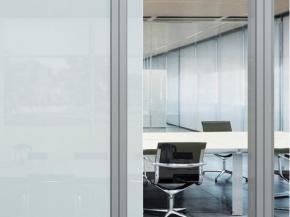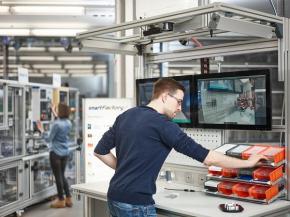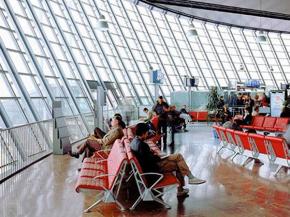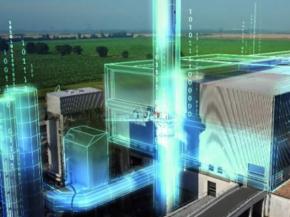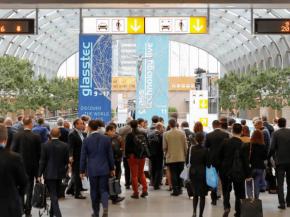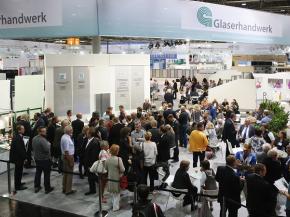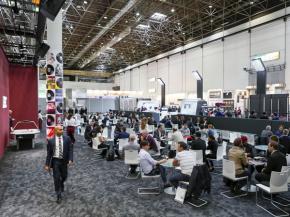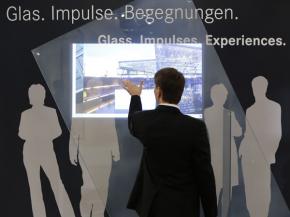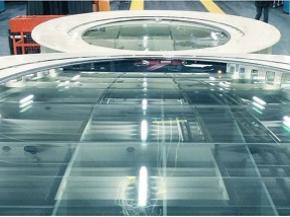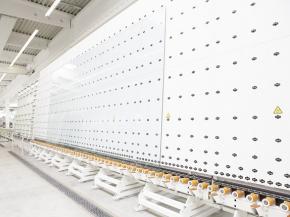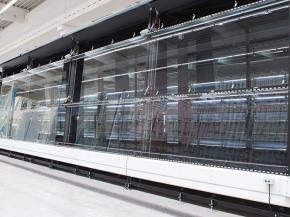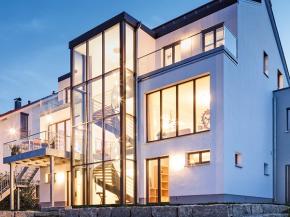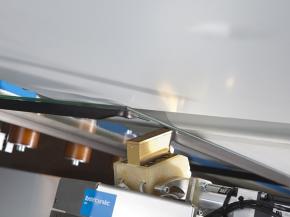Latest articles
| Glass is enhanced with added functions to form an integral part of the building network. We are still in the early stages of development.
| Many exhibitors at glasstec 2018 in Düsseldorf will focus on the theme of Industry 4.0 and exhibit interesting developments.
Glass off the roll - Thin glass is revolutionising the performance spectrum of glass and glass panes
| Thin glass – as thin as a razor blade or a human hair – is a reliable method to protect smartphone touchscreens, sensitive filters and sensors.
| Glass is a fantastic material… but sometimes it breaks.
| The façade as a synthesis of building elements, nowadays is the most important building part in terms of performance and architectural design. It is not only the aesthetics that make the façade so significant.
| The façade plays a major role in a building, as it is usually the largest coherent entity in a building.
| Low-e glass stands for low emissivity, whereas emissivity indicates the ability of a material to radiate energy.
| Digitalization is the essential next step in glass manufacturing. It’s founded on a high level of automation.
| glasstec generates important impulses: Good mood and solid investment climate
| Also, this edition confirmed glasstec as the main glass industry event. Check out the highlights from the show.
| Thanks to the committed involvement of architectural offices, university departments and industry associations, glasstec offers some unique added value: the special show: glass technology live!
| sedak GmbH & Co.KG, Germany, operates the largest insulating glass line in the world – about extraordinary glass processing and the role of LiSEC.
| LiSEC is the pioneer in terms of the development and production of production lines for large-scale insulating glasses – incl. interview with Hannes Spiss, facade engineer at Arup, Büro für Bautechnik (office for construction technology)
| The innovative FINSTRAL window wall system meets demanding requirements – constantly flexible, always individual
| Cost cutting, it is often said, is difficult in glass production and processing as this sector is characterised by manual processes.
| Today’s functional buildings tend to have shapes that go much further than pure expediency, and glass is therefore used more and more frequently as a structural support element.
| Touchscreen displays, LED technology and ultra-thin glasses: The multifunctional diversity of glass in IT and architecture will, in the long term, lead to a combination of both.

